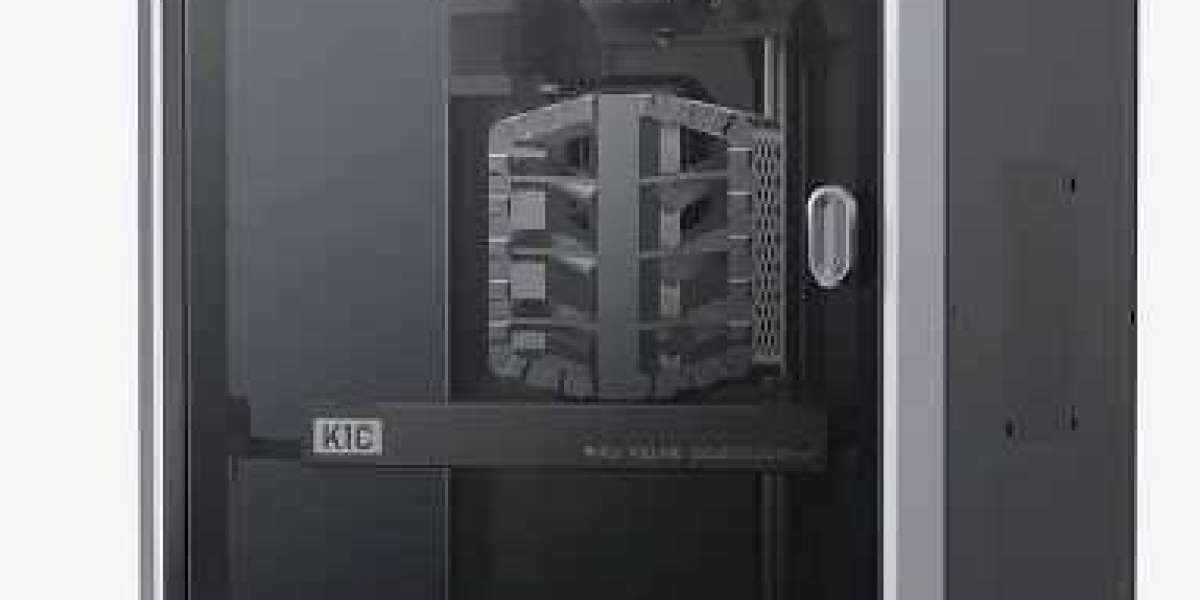What is a Filament Dryer?
A filament dryer is a device designed to remove moisture from 3D printing filament. Many filaments, especially those made from hygroscopic materials like Nylon, PETG, and PLA, can absorb moisture from the air. This moisture can negatively impact print quality, leading to issues like stringing, bubbling, and layer adhesion problems.
Why Moisture Matters
Moisture in filament can cause several issues:
- Bubbling: When water vaporizes during printing, it can create bubbles in the filament, leading to poor surface finish and weak spots.
- Stringing: Excess moisture can increase the fluidity of the filament, causing it to ooze out of the nozzle and create unwanted strings between parts.
- Poor Layer Adhesion: Moisture can hinder the ability of layers to bond, resulting in prints that are fragile and prone to breaking.
Benefits of Using a Filament Dryer
- Improved Print Quality: By keeping filament dry, you can achieve cleaner, more precise prints with better surface finishes.
- Consistency: Filament dryers help maintain consistent material properties, reducing the variability between prints.
- Extended Filament Life: Storing filament in a dry environment can prevent degradation, extending its usability.
Types of Filament Dryers
There are several types of filament dryers on the market, including:
- Oven Dryers: Simple and effective, these use heat to evaporate moisture. However, they require careful temperature control to avoid damaging the filament.
- Dedicated Filament Dryers: These are specifically designed for 3D printing filament, often featuring adjustable temperature settings and timers for optimal results.
- Desiccant Drying Containers: These use desiccant materials to absorb moisture. While they don't provide heat, they can be effective for long-term storage.
How to Choose a Filament Dryer
When selecting a filament dryer, consider the following factors:
- Filament Type: Ensure the dryer is suitable for the specific types of filament you use.
- Capacity: Depending on your printing volume, you may need a dryer that can accommodate multiple spools at once.
- Temperature Control: Look for dryers with adjustable temperature settings for different filament types.
- Ease of Use: Choose a model that fits your workflow, whether you prefer manual controls or smart features.








